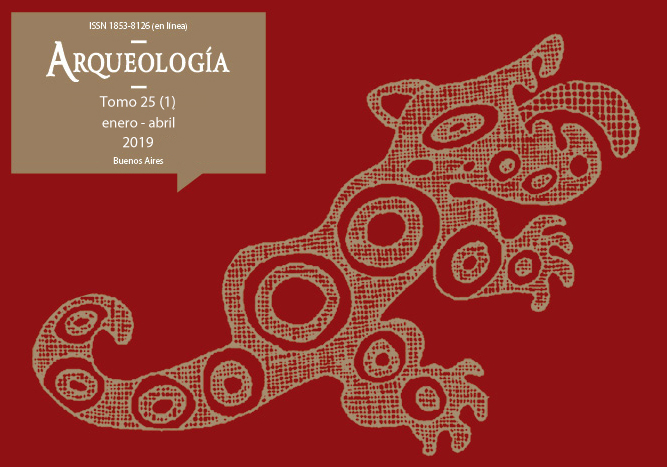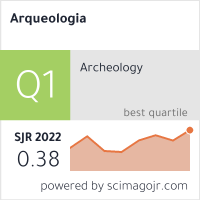3D reconstructions of the ceramic assemblages of hunter-gatherers from the Northeastern coast of Chubut, Argentine Patagonia
Keywords:
Pottery, 3D reconstruction, Hunter-gatherers, Argentine Patagonia
Abstract
The main aim of this article is to serve as an introduction to the use of a method not previously employed in the study of the pottery of hunter-gatherer groups from Patagonian Argentina: the three-dimensional (3D) virtual reconstruction of partially assembled containers. In the archaeological contexts of the study area —northeastern coast of the Chubut province— the ceramic material is highly fragmented, and although some potsherds were partially assembled, complete representations of the different morphologies were not documented prior to the application of this method. In this regard, our paper shows the technical-methodological procedure by which the virtual graphic images were obtained in 3D. Furthermore, we also discuss the data resulting from this analysis, information relating to the volume —or capacity— and weight of the ceramic pieces. As an initial interpretative tool, these variables allow us to propose concepts related to the use and transportation of these containers.Downloads
Download data is not yet available.
Published
2019-02-01
How to Cite
Schuster, V., & Quinto Sánchez, M. (2019). 3D reconstructions of the ceramic assemblages of hunter-gatherers from the Northeastern coast of Chubut, Argentine Patagonia. Arqueología, 25(1), 233-244. https://doi.org/10.34096/arqueologia.t25.n1.6016
Section
Reports
Copyright (c) 2019 Verónica Schuster, Mirsha Quinto Sánchez

This work is licensed under a Creative Commons Attribution-NonCommercial-ShareAlike 4.0 International License.
Authors who publish in this journal agree to the following conditions:
- Authors retain copyright and yield to the journal right of first publication with the work registered with attribution license Creative Commons, which allows third parties to use the published always mentioning the authorship of the work and first publication in this magazine.
- Authors can make other independent and additional contractual arrangements for the non-exclusive distribution of the version of the article published in this issue (p. Eg., Inclusion in an institutional repository or publish it in a book), provided that clearly indicate that the work was published for the first time in this magazine.
- It allows and encourages the author / s to publish their work online (eg institutional or personal pages) before and during the process of revision and publication, as it can lead to productive exchanges and greater and more rapid dissemination of work published (See The Effect of Open Access).





(1)13.png)






1.jpg)
1.jpg)


13.png)
1.png)


(1)1.png)









